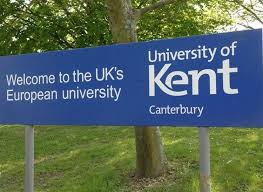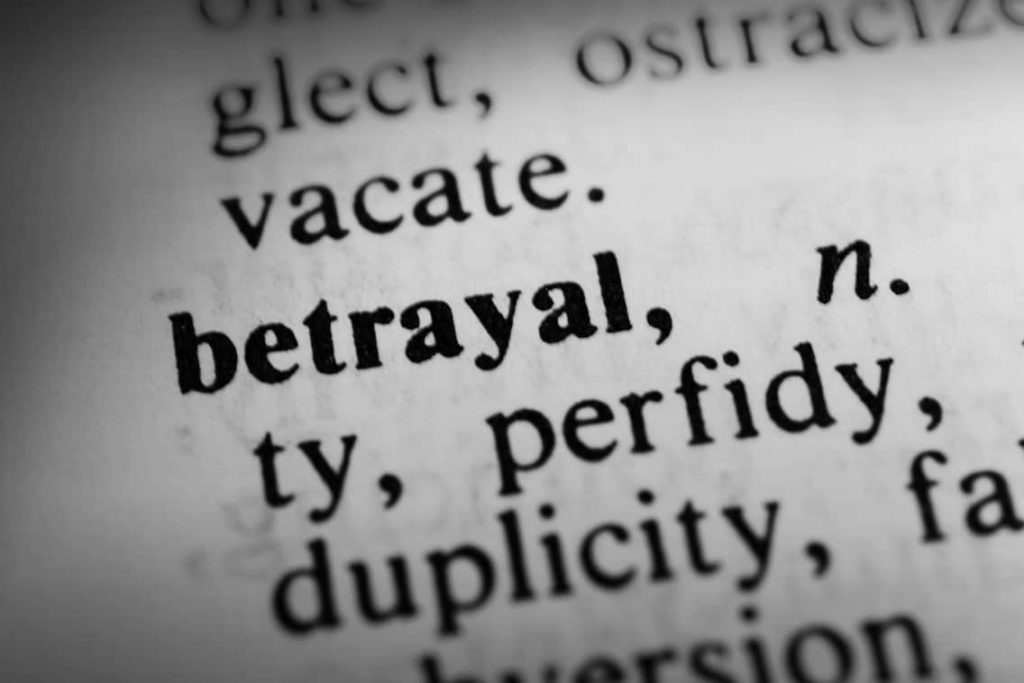
Like everyone else I have only had sight of the SCIE report for the past couple of days. In the middle of moving house, it has only been possible to scan briefly the 140 pages of text which contain an independent survey the Church of England and its management of safeguarding issues. Clearly, I need more time to read the recommendations in detail. What the document gives is a survey of the safeguarding achievements of the 42 dioceses in the Church of England. In addition, and perhaps from our perspective more importantly, there is an attempt to record the experience of 50+ survivors and their experiences of dealing with the Church. As we might expect, the picture is mixed but the reviewer notes some improvements in the past four years or so. Because I cannot claim to have read the full report, I want to focus my comments on a crucial sentence which has been highlighted by several other commentators. It concerns our two archbishops. The sentence which is a quote from a survivor, reads ‘the current two archbishops and the previous two archbishops of Canterbury have all failed to be open about major safeguarding failures’.
In many ways this sentence and particularly the word ‘open’ sums up many of the problems about safeguarding that are reported over and over again by survivors. The kind of comments that I have heard suggest that survivors of abuse feel that they are, in bringing complaints, pitted against what feels like a closed system. In my reflections I want to consider a wider question. Why does an institution, here represented by two archbishops, find it so hard to be open in this issue of responding to failures?
Each of us is born into an intimate community we call the family. Later on, we may become part of other communities. Some of us join the church and this extends our experience of community. At its best it links us to God and other Christians, potentially from every part of the world. Community is a word which implies that we know people personally. We are bound to them in relationships of love and respect and this leads on to the possibility of being able to trust them. We often speak about ‘Christian community’ and there is a special word from the New Testament to describe this reality. This is the word koinonia, often translated as communion or fellowship. The word contains the double idea that our Christian relationships reach out simultaneously to our fellow Christians and to the divine. The Orthodox theologian John Zizoulas described the Eucharist as the central activity of the church because it enacts communion for Christians with God and with each other in a tangible way. This quality of relating beyond ourselves in and through the Eucharist is a central part of our Christian identity. The church of course exists not only in its local manifestation, however important this might be. It has an organisational aspect. A denominational structure, such as the Church of England, allows hundreds of local communities to be bonded together for support, learning and oversight. Organisation implies rules, discipline and defined common aims. Bishops and archbishops are part of what enables the church organisation to operate through their overseeing role.
The word ‘institution’, often used in describing the Anglican church, brings in another dimension to our church organisation. An organisation is an institution when it has a formal aspect. This will be seen in things like constitutions, traditions and links with the past. We could say that an institution is an organisation with extras. These bind it in distinctive ways to the wider society. Sometimes being an institution has advantages. It is suggestive of stability and permanence which people want and respect. But these same qualities also put brakes on flexibility and make change a very cumbersome slow process. An organisation without a history or traditions can fairly easily reinvent itself. The institution, on the other hand, may take decades to enact change because there is so much to be disentangled every time it wants changes to take place. As an aside this may be what is making the Brexit process so slow. Britain has acquired so many extra hidden links through its membership of the European Community that it is never going to be easy to cut these links and pretend they never existed.
Among my interests is to try to work out how institutions like the Church affect and change the people who belong to them. I am especially interested in looking at those who have to be in charge of the institution, one which is deeply rooted in the past and hard to change. Because of the power of what we might call institutional inertia, we must expect that most of those who take responsibility for an institution like the Church of England have to submit to this slow pedantic way of operating. Leadership of a slow ship like the Church of England is possibly an impossible task. The obstructions put in the way of a new broom may be impossible to overcome. Inertia, tradition, a preoccupation with buildings and survival will normally prove more powerful than any individuals put in charge. The fate of most church leaders is to become a slave of the institution rather than its inspirer. I wonder how many of those chosen to be bishops in the Church of England realise at the beginning how difficult it will to make a real difference within the institution of which they are nominally leaders.
It is in the context of institutional powerlessness and bondage to unseen forces that I read the critical comments by SCIE towards archbishops past and present. Openness about the needs of survivors/victims is a task not straightforward for a cumbersome institution dedicated to the demands of survival and continuity. The aspect of the church than can respond to these needs is the church operating at the level of community or communion. It is there that issues of brokenness, pain and forgiveness can be addressed. Even though the public sees many failures at the national level, the local church, handling the demand for true wholeness, has still much to offer.
Every report that is published on the topic of safeguarding seems to produce a call for mandatory reporting to an outside body in cases of abuse. Bishops and archbishops do need to release their control over cases of abuse. This is not only because they lack the competence and necessary skills to deal with them, but as the SCIE survivor observed, they are too encumbered with the institutional bondage of their positions. Are they able to be the right people to say and do the right thing when confronted with individuals who call out for healing and justice?








